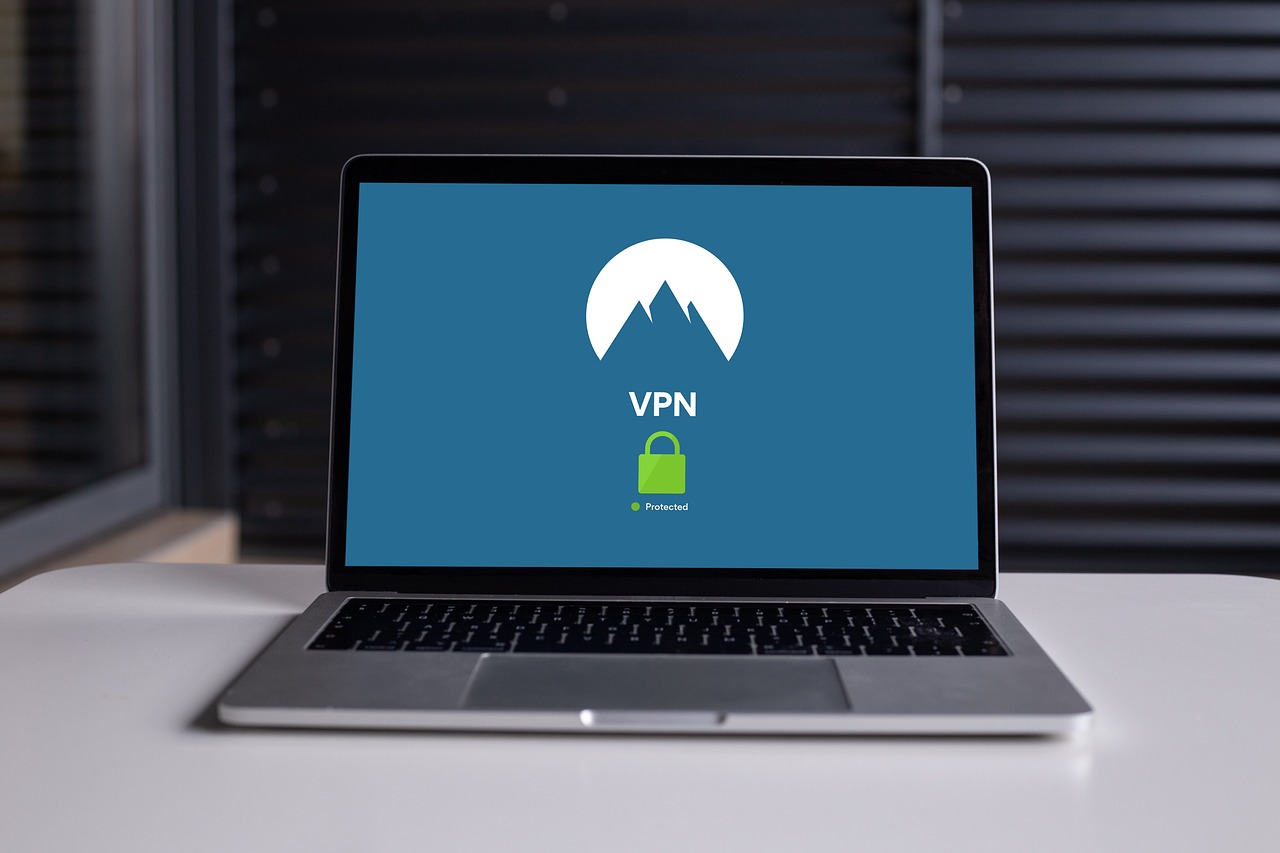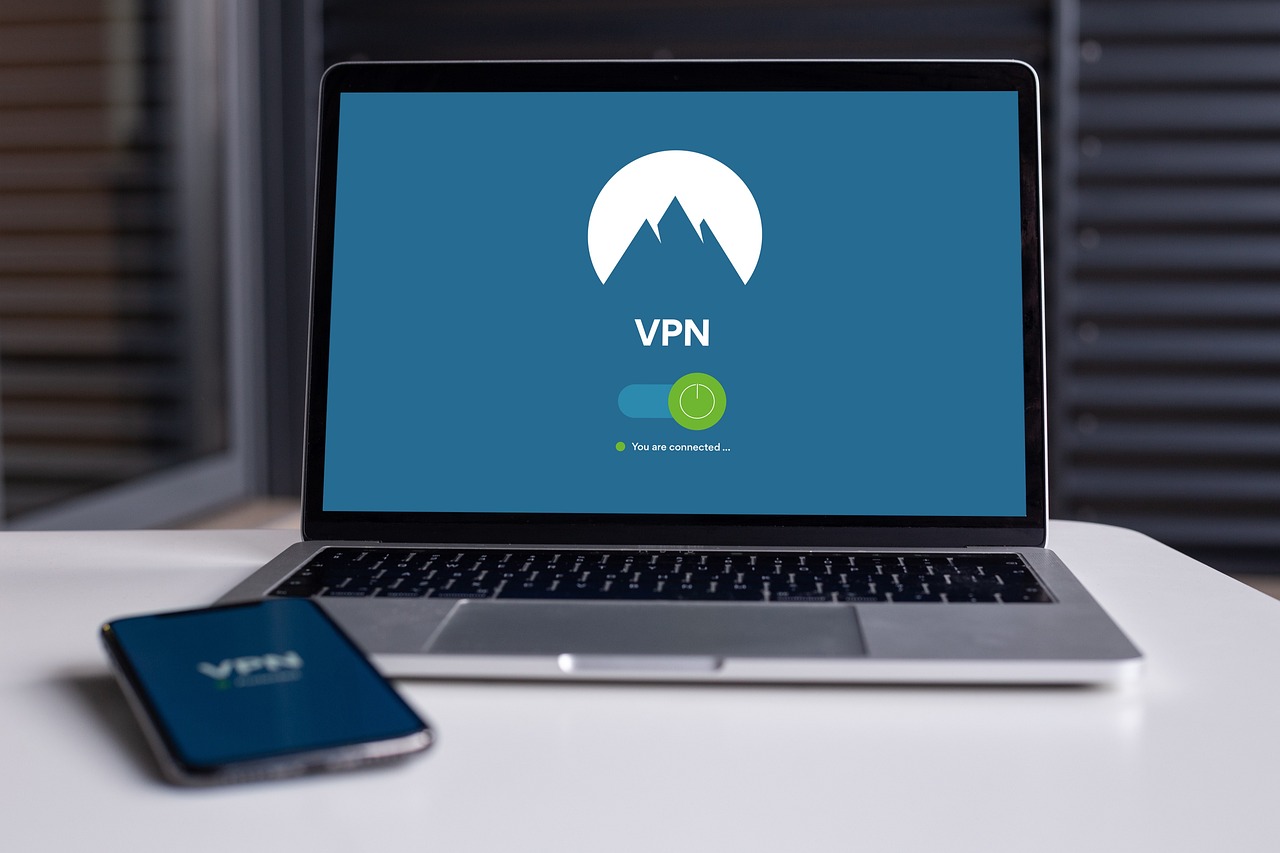
Cybersecurity Framework: Building Resilience Across The Threat Landscape
In today's increasingly interconnected world, the threat of cyberattacks looms large for businesses of all sizes. A single breach can lead to devastating financial losses, reputational damage, and legal repercussions. That's why implementing a robust cybersecurity framework is no longer optional but an absolute necessity. This blog post will delve into the details of cybersecurity frameworks, exploring their importance, key components, and how to choose the right one for your organization.
What is a Cybersecurity Framework?
Defining a Cybersecurity Framework
A cybersecurity framework is a structured, repeatable, and adaptable set of guidelines, standards, and best practices designed to help organizations manage and reduce their cybersecurity risks. Think of it as a blueprint for building a...









